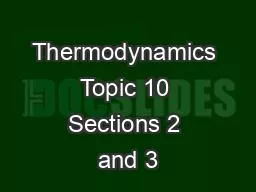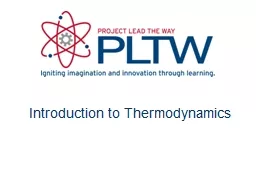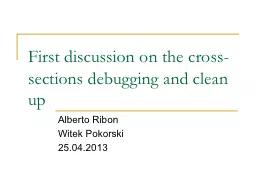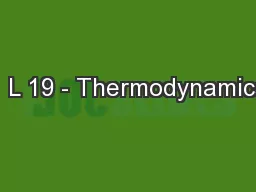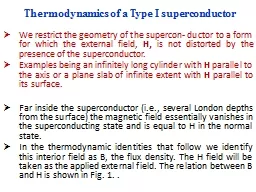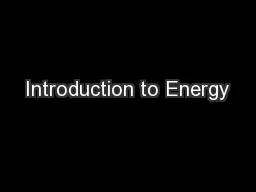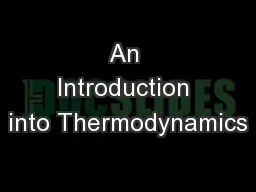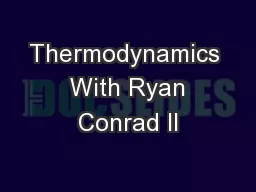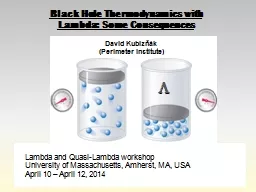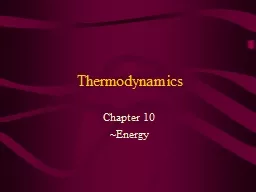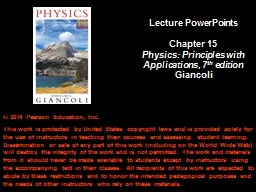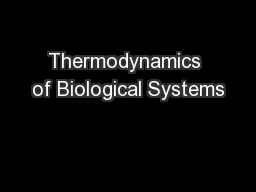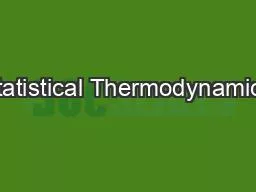PPT-Thermodynamics Topic 10 Sections 2 and 3
Author : classyshadow | Published Date : 2020-06-22
Statement Number Assessment Statement 1021 Deduce an expression for the work involved in a volume change of a gas at constant pressure 1022 State the first law of
Presentation Embed Code
Download Presentation
Download Presentation The PPT/PDF document "Thermodynamics Topic 10 Sections 2 and 3" is the property of its rightful owner. Permission is granted to download and print the materials on this website for personal, non-commercial use only, and to display it on your personal computer provided you do not modify the materials and that you retain all copyright notices contained in the materials. By downloading content from our website, you accept the terms of this agreement.
Thermodynamics Topic 10 Sections 2 and 3: Transcript
Download Rules Of Document
"Thermodynamics Topic 10 Sections 2 and 3"The content belongs to its owner. You may download and print it for personal use, without modification, and keep all copyright notices. By downloading, you agree to these terms.
Related Documents

